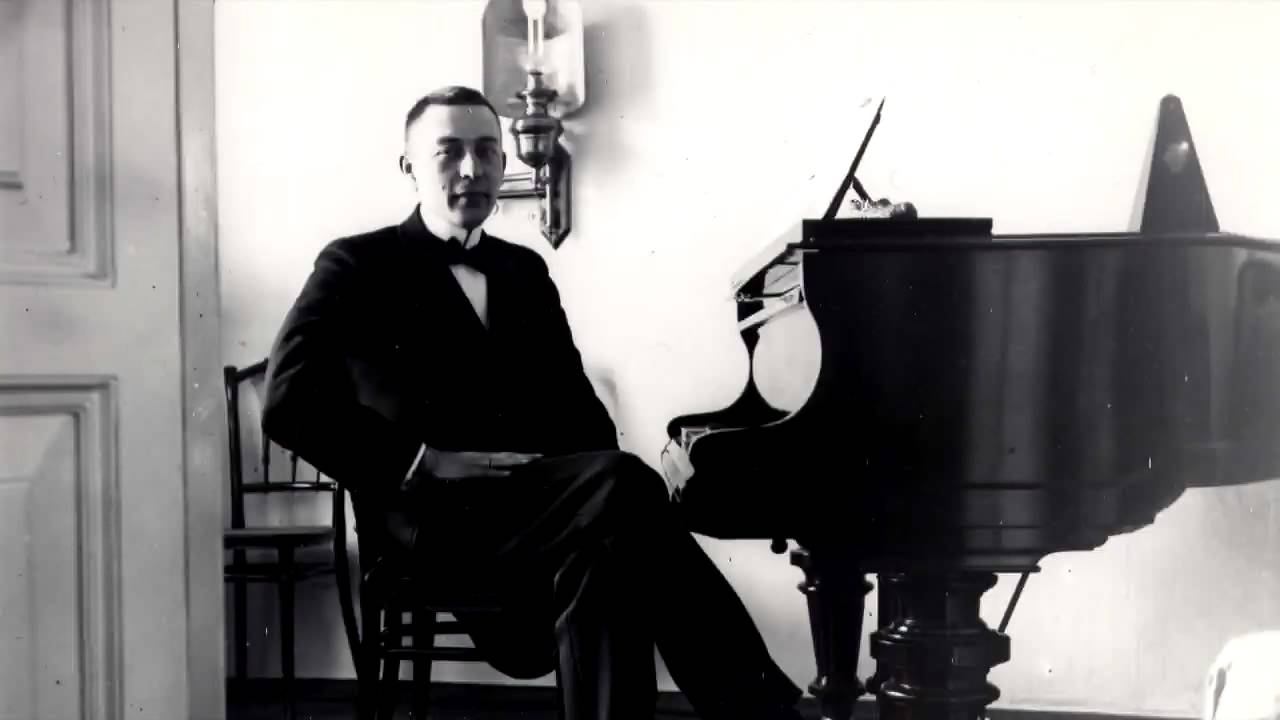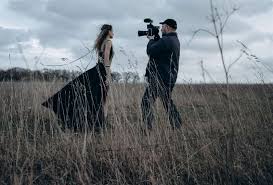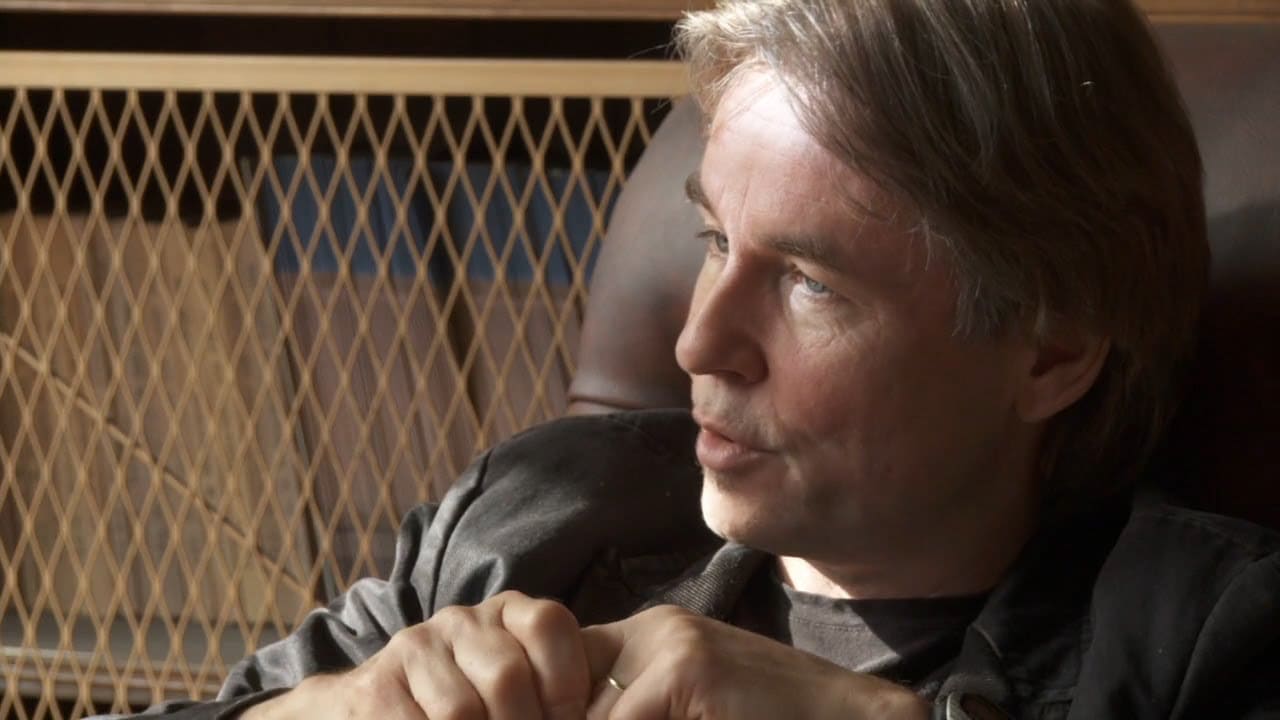Ruth Leon recommends… Let’s Face The Music and Dance – Astaire and Rogers
Ruth Leon recommendsLet’s Face The Music and Dance – Astaire and Rogers
Lovers of Fred and Ginger can argue happily for hours about which is their favourite number. It’s like trying to decide which is your favourite child.
As an experiment, I tried separating the dances from the songs to see which of their pure dance numbers left the most lasting impression. This is the one that came top in my catalogue of epic performances in dance history. Not the most acrobatic, not the most innovative, not the most technical, not the most difficult, not the most complex. It is, however, the most romantic and, although they weren’t trying for this effect, the most sexually charged.
Even without Irving Berlin’s irresistible lyrics, perfectly attuned to the sweeping strings of his music, this is the one. Let’s Face The Music and Dance was written by Berlin in 1936 for the film musical Follow The Fleet and has been sung and danced subsequently by everyone from Nat King Cole to Diana Krall but never, I suggest, with quite the same romantic heft as in the original.
By the way, watch carefully, don’t get carried away, and notice that the entire dance is filmed on a single camera shot with the cameraman ‘dancing’ with Astaire and Rogers so that he is invisible unless you are looking for perfect camerawork, which this is.






Comments